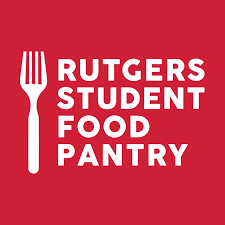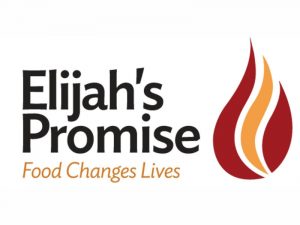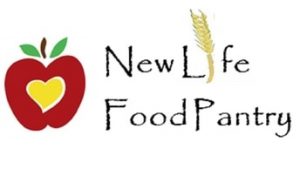Dining Services makes the most of all foods purchased by efficiently producing quantities needed to feed the thousands of students in the dining halls on a daily basis. When any extra wholesome, edible foods remain, not suitable for future menu offering, dining managers collect and provide these portions to recognized agencies to feed those in need. By redirecting these extra portions to locally recognized agencies’, Dining supports local community feeding programs and reduces environmental impact.
Frequently Asked Questions
- How does food recovery work at Rutgers Dining Services?
Food portions provided to agencies are handled with the same protective measures accorded to foods offered for service in the dining halls. Procedures established for donation follow food safety principles complying with requirements of the NJ Sanitary Code. Dining’s food recovery program determines the types of foods to be donated, requirements for packaging and storage, transportation arrangements, and qualifications of personnel providing and receiving donations. Adequate facilities for storage and safe preparation of foods are required for agencies receiving donations.
- Where are the food donations going?
Dining Services has well established relationships for food donations with:
New Life Food Pantry-Helmetta, NJ (Prepared Extra Portions)
Elijah’s Promise- New Brunswick (Surplus Dairy & Produce)
Catholic Charities-New Brunswick & Piscataway Locations (Surplus Non Perishable Foods)
Rutgers Student Food Pantry-College Ave Campus (Surplus Non Perishable Foods)
- How can I Help?
Students should become more involved in the On Campus Food Pantry (non perishable program) to solicit donations.
For those who want to do more, Dining Services will investigate how we can involve these students into the existing program, possibly assisting in delivery.
Dining Services Food Recovery Hierarchy
- Source Reduction-Prepare What is Necessary for Primary Operation
- Utilize Appropriate Prepared Leftover Foods in Dining Hall Menu Cycle
- Donations to Food Pantries, Food Banks, Community Based Secondary Food Facilities
- Feed Animals-Divert food waste for Animal Feeding
- Mechanical Digestion of Food Waste/Provide Used Oils for Rendering and Energy Conversion
- Provide Food Waste for Mechanical Digestion
- Landfills (Last Resort)
Certified Food Donation Locations



